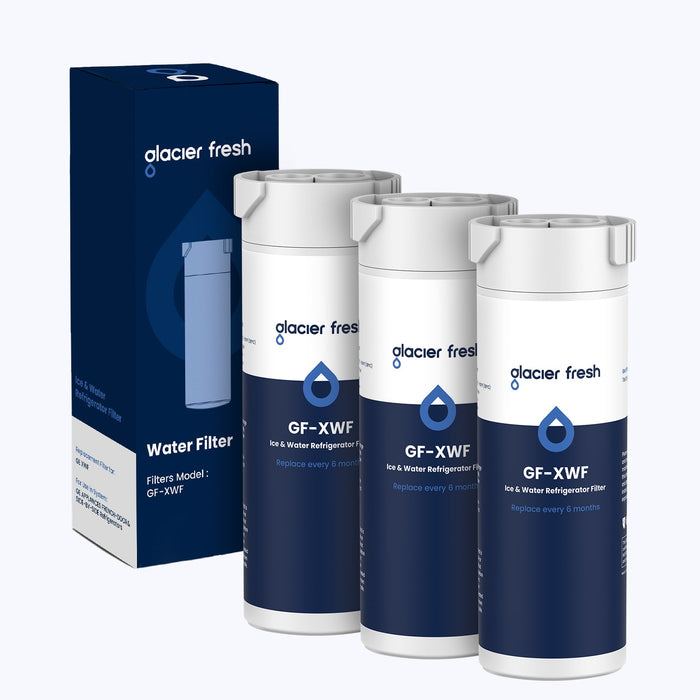In the realm of household water treatment, the term substance removal agent frequently arises. But what exactly does it entail? This article aims to provide a comprehensive understanding of substance removal agents, their mechanisms, and their applications in ensuring clean and safe drinking water.

What is a Substance Removal Agent?
A substance removal agent refers to any material or chemical used to eliminate unwanted substances from water. These agents can target a variety of contaminants, including heavy metals, bacteria, and organic compounds. Understanding the specific type of substance removal agent required for your needs is crucial for effective water treatment.
Types of Substance Removal Agents
- Activated Carbon: This is one of the most common substance removal agents, known for its ability to absorb impurities and improve taste.
- Ion Exchange Resins: These agents are effective in removing hard minerals like calcium and magnesium, which can cause scale buildup.
- Reverse Osmosis Membranes: These membranes filter out a wide range of contaminants, making them ideal for comprehensive water purification.
- Chlorine and Ozone: Often used for disinfection, these agents can eliminate bacteria and viruses effectively.
How Do Substance Removal Agents Work?
The functionality of a substance removal agent varies depending on its type. For instance, activated carbon works through adsorption, where contaminants adhere to the surface of the carbon particles. Conversely, ion exchange resins operate by swapping undesirable ions in the water with more benign ones. Understanding these mechanisms can help you choose the right agent for your specific water quality issues.
When to Use a Substance Removal Agent
Determining when to use a substance removal agent is essential for effective water treatment. Consider the following scenarios:
- If your water has a noticeable odor or taste, activated carbon may be the solution.
- In areas with hard water, ion exchange resins can significantly improve water quality.
- For comprehensive purification, especially in regions with known contaminants, reverse osmosis systems are highly recommended.
Choosing the Right Substance Removal Agent
Choosing the appropriate substance removal agent involves assessing your water quality. Conducting a water test can provide insights into the specific contaminants present. Once you have this information, you can select the most effective treatment method. For instance, if you discover high levels of chlorine or other chemicals, a specialized filter may be necessary.
For those looking for reliable water treatment solutions, consider exploring options available at  . These products are designed to enhance your water quality effectively.
. These products are designed to enhance your water quality effectively.
Conclusion
In summary, understanding substance removal agents is vital for anyone interested in maintaining clean and safe drinking water. By recognizing the types, mechanisms, and appropriate applications of these agents, you can make informed decisions that benefit your household. Whether you are dealing with taste issues or specific contaminants, there is a substance removal agent tailored to meet your needs.








